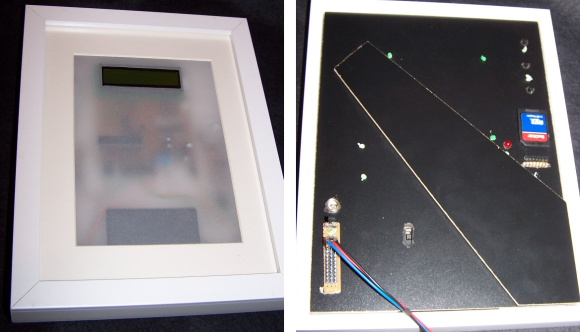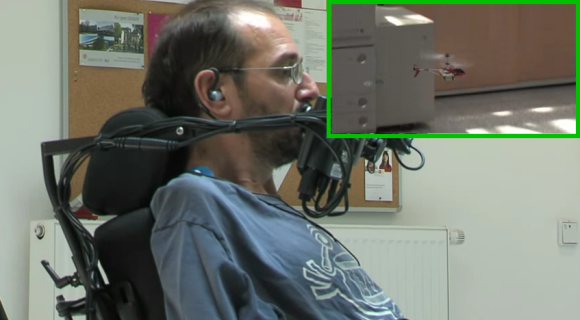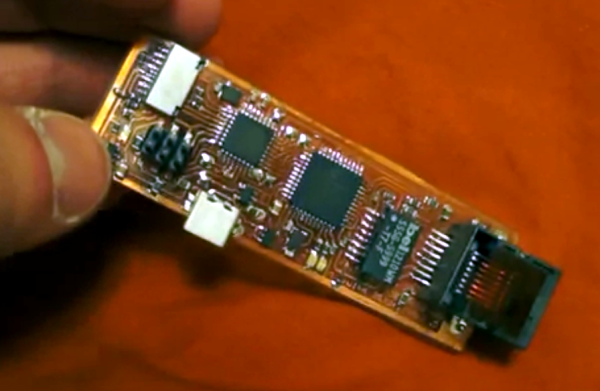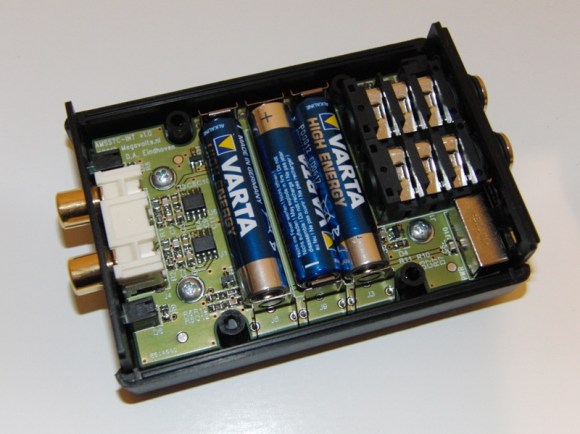
[Victor] may be onto something when it comes to project enclosures. He’s using a picture frame to house his electronics projects. This is made especially easy by the variety of sizes you can find at Ikea. Possibly the most important dimension is to have enough frame thickness to sandwich your components between the glass and the back plate of the frame.
The project seen here is a temperature data logger. The frosted diffuser covering everything but the LCD screen and gives you a glimpse of what’s mounted to the back panel. He connected the four different protoboard components, along with a battery pack, to each other use right angle pin headers. They were then strapped to the back plate of the frame by drilling some holes through which a bit of wire was threaded. He even cut a hole to get at the socket for the temperature sensor and to attach the power input. So that he doesn’t need to open the frame to get at the data, the SD card slot is also accessible. His depth adjustment was made by adding standoffs at each corner of the frame, and replacing the metal wedges that hold the back in place.
You don’t need to limit yourself with just one. This UV exposure rig uses three Ikea frames.
















